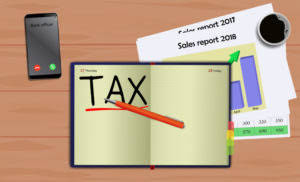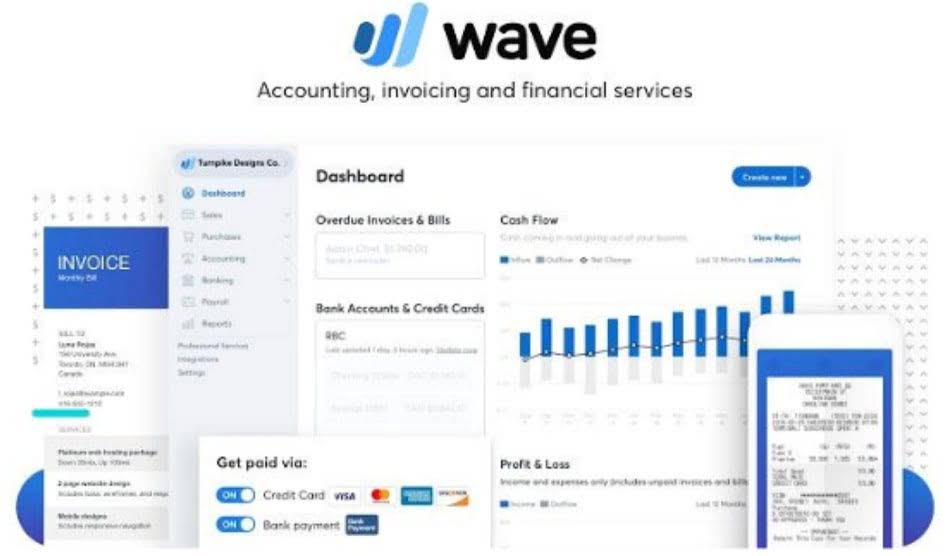
Once the goals are established, the master budget can be developed to support them. Another common challenge businesses face when preparing a master budget is overlooking key expenses. This can include unexpected expenses that arise throughout the year or ongoing expenses that may be easy to forget. Overlooking expenses can lead to a budget shortfall and cause financial strain on the business. Overall, the master budget provides a comprehensive overview of ABC Manufacturing Company’s financial plan for the upcoming year and serves as a roadmap for achieving its financial goals and objectives. By using the master budget as a guide, the company can make informed financial decisions that will help it succeed in a competitive marketplace.

To a certain extent, The Master Budget resembles the Annual Report of a company. However, while any Annual Report looks into the past and depicts the firm’s historical performance, the Master Budget is all about the future of an organization. Using the information from the sales budget, materials budget, and production budget will simplify the creation of the cost of goods sold budget. You’ll also need to include budgeted beginning and ending inventory in the cost of goods sold budget. The financing activities projections may include estimates for debt financing and equity financing. The master budget guides the company’s financial operations throughout the year, enabling management to monitor performance against the plan and take corrective action if necessary.
An organization’s master budget consists of a set of interrelated but independent budgets that articulate the organization’s sales, production, profit, and financial position for a specified time period. A master budget is a tool used by management to effectively plan, control, and evaluate business operations. Often budgets are developed so they can adjust for changes in the volume or activity and help management make decisions. Changes and challenges can affect the budget and have an impact on a company’s plans. A flexible budget adjusts the cost of goods produced for varying levels of production and is more useful than a static budget, which remains at one amount regardless of the production level.
If the company’s actual expenses exceed projected, managers may look for ways to reduce costs, such as negotiating better prices with suppliers or optimizing their production processes. A master budget provides a planning, decision-making, and performance-monitoring framework. It enables a company to allocate its resources effectively, monitor its progress against the plan, and make adjustments as necessary to achieve its financial objectives. A master budget is a key tool for controlling costs and optimizing the company’s financial performance. The master budget also enables managers to identify potential risks and challenges that may impact the company’s financial performance and to develop strategies to mitigate those risks.
We will demonstrate how to create each of these sub-budgets in later sections. The cost of goods sold budget is prepared after the raw materials budget, direct labor budget, and manufacturing overhead budgets are prepared. The cost of goods sold budget determines the estimated cost for the inventory sold during the period. Cost of goods sold is the total manufacturing costs, or product costs, incurred to make the products that were sold. Product costs include the costs for direct material, direct labor, and manufacturing overhead.
Standard financial statements include the income statement, balance sheet, and statement of cash flows. The income statement reports the organization’s profitability during a specific period. The balance sheet reports the organization’s financial position at a single point in time.
That outlines the steps required to achieve the strategic goals that should be developed. The plan should include an analysis of the company’s current financial position, a detailed budget that reflects the resources needed to achieve the goals and a timeline for implementation. A master budget provides a long-term view of the company’s financial position. This allows businesses to make informed strategic decisions about their operations, such as investing in new products or expanding into new markets. With a long-term view, businesses can better assess these decisions’ potential risks and rewards. External factors, such as changes in the market or unexpected events, can also pose a challenge when preparing a master budget.

All companies—large and small—have limits on the amount of money or resources they can receive and pay out. How these resources are used to reach their goals and objectives must what is a master budget be planned. The quantitative plan estimating when and how much cash or other resources will be received and when and how the cash or other resources will be used is the budget.
Budgets allow business leaders to have informed conversations about the company’s expenses. If you don’t flesh out what you’re going to spend on each part of the business, you’re probably not putting your money to use strategically. Budgets are used by organizations for planning, controlling, and evaluating performance.